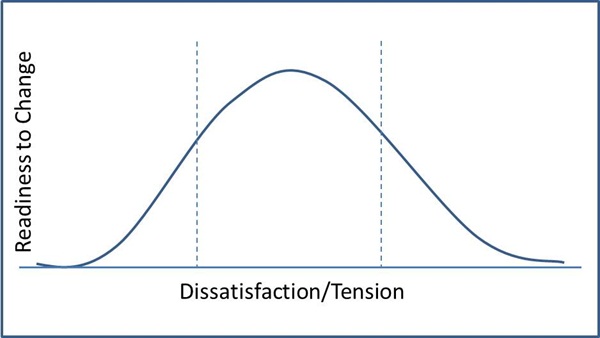‘Course he’s changed
some. Being buried in the earth does that. Mr. Potter, The Stranger (1946)
Well, you can’t trust
Melanie, but you can always trust Melanie to be Melanie. Ordell Robbie, Jackie Brown (1977)
Inflexibility – it was the worst human failing:
you could learn to check impetuosity, you could overcome fear through
confidence and laziness through discipline, but rigidity of mind allowed for no
antidote. It carried the seeds of its own destruction. Sam
Damon, Once an Eagle (Myrer, 2000)
I deal in change. Grasshopper Mouse is my product. It’s an
inventory control system for dental offices and implementing it may involve a
large change in practice routine. (Find it here https://ghmouse.com
) Dental office routine, as in any business environment, can produce a lot of
inertia. But, it is more intense where people’s health is a consideration. Most
clinical routines must, of necessity, have certain requirements in order to
provide the best possible care for patients, as well as a safe working
environment for the staff.
Let’s face it; we all get comfortable with our routines.
Change can be uncomfortable, challenging, and even downright scary. How many of
us, when we hear that there are changes we should or ought or are going to make,
get that sinking, even anxious feeling in our core?
Change can be much more than uncomfortable, it can be very
stressful. We are very busy with a routine, then, changes come: job loss,
illness, moving to a new home, meeting new people. Obviously, these are large
changes. But, you know when you go on a picnic, it’s not the bears that eat
your lunch, it’s the ants. Build up enough ants in our lives and, before you
know it, it’s too much.
Change, therefore must be managed carefully. When
implementing changes at the office, resistance to change, unlike the mindset
that Sam Damon speaks of, may just be that a person is already overloaded.
Here’s a formula for understanding what is required for
change to be successful: (Harris, Copyright, 1996 by Thomas E Harris, PhD)
C = f(D x V x P) > Co
Where:
·
C = Change
·
D = Dissatisfaction with the Status Quo
·
V = Vison of an Ideal Future State
·
P = Pathways for Accomplishing the Change.
·
Co = The Cost of Change
Change is a function of the product of D x V x P. It must be
greater than the Cost of Change.
For example, when I’m implementing a new inventory control
system in a practice, there are a number of things that are vital:
·
There must be a dissatisfaction with the way
inventory is being managed
o
Are there communication issues?
o
Overstock?
o
Not enough stock?
o
Too large a share of overhead?
o
A need for accountability and reporting?
·
The Vision must be that, with a properly
controlled inventory system, whatever issues there may be will be solved. In
fact, the new system would be seen as an important enhancement to the practice.
·
The Pathways for implementing and using the
system must be straightforward and easily learned.
o
Roadblocks in the pathway may be:
§
The staff is not invested in improving the
practice.
§
The person responsible for managing the system
is already overwhelmed with their workload.
§
The staff is not compliant with the procedures
required.
The practices that are the most successful with the system
have all found that it more than compensates for the changes involved.
This formula works well for any changes you may need to make
in the practice.
Here
is a chart to illustrate: (Harris, 1996)

Readiness to Change is Greatest Under Moderate Dissatisfaction.
In next month’s blog, I’ll get away from the “what” and
concentrate on the “how”.
Works Cited
Myrer, A. (2000). Once an Eagle. New York:
HarperCollins.
Thomas Harris, P. (Copyright, 1996 by Thomas E
Harris, PhD). The Leadership of Change. University of Alabama.